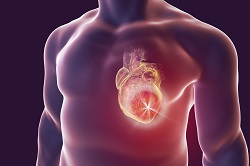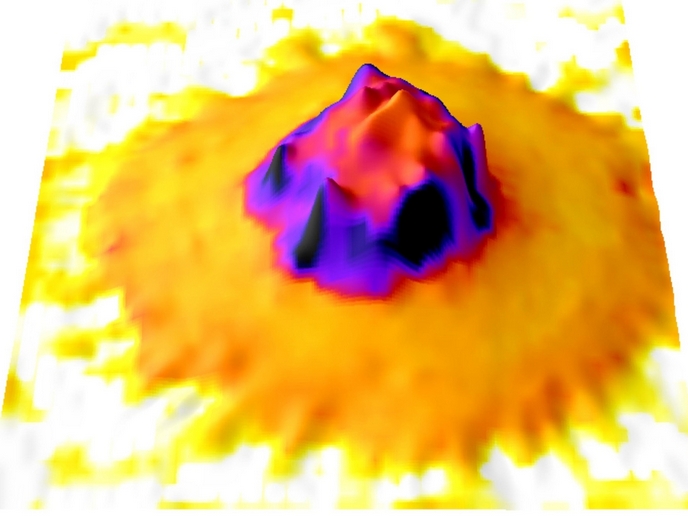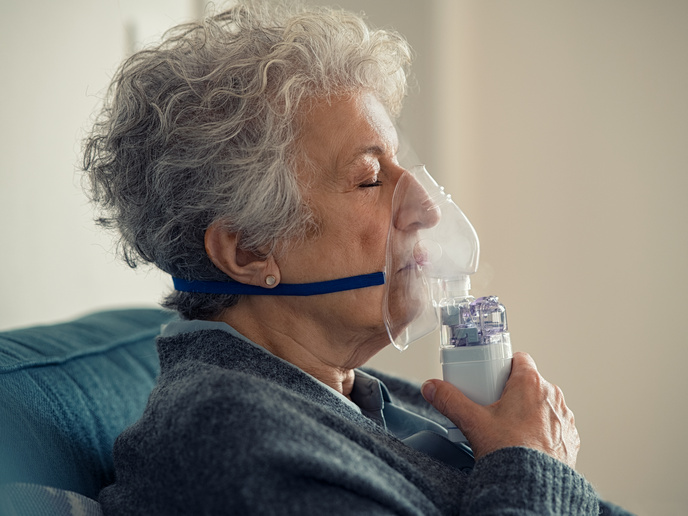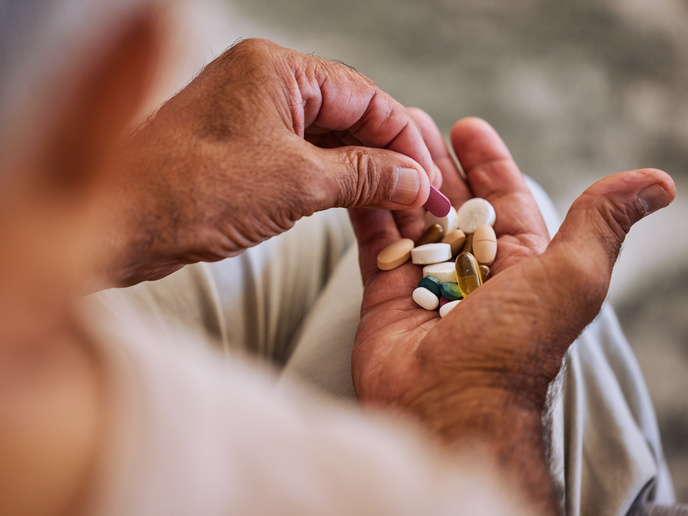ELR-based patches and hydrogels to treat ischaemic diseases
Injectable hydrogel systems have attracted much attention in recent years. They are less invasive than current pharmaceutical therapies for ischaemic diseases, and can be used as carriers for biomolecules that can bind to specific molecules on cells. Using the optimal biomechanical characteristics of ELRs as a starting point, Prof. Abhay Pandit of NUI Galway and his team have developed a patch and gel able to treat Myocardial Infarction and chronic limb ischaemia, respectively. ‘ELRs are an attractive material because they self-assemble into a hydrogel at body temperature; because they mimic the elastic properties of natural tissues; and, finally, because they provide a favourable environment for endothelial migration and vascular assembly,’ he says. The project’s ELR patch was tested in a preclinical model of Myocardial Infarction, with histology results showing a decreased fibrotic area and an increased muscle volume fraction. The ELR gel, on the other hand, was first tested in a preclinical model of hind limb ischaemia. These tests resulted in a Raman profile of hind limb ischaemic tissues treated with the gel similar to that of healthy tissues, suggesting that the gel might induce the remodelling of extracellular matrix components. The team then evaluated the gel’s ability to deliver angiogenic factors to treat ischemia. ‘One strategy was to embed the ELR gel with a concentration gradient of the pro-angiogenic protein Vascular endothelial growth factor (VEGF). The grafted VEGF was shown to retain its bioactivity and in vitro tests with endothelial cells showed preferential cell localisation on the high-concentration end of structures containing the gradient of VEGF,’ Prof Pandit explains. ‘A second strategy was to use the ELR gel to deliver a unique plasmid vector which encoded the genes for a combination of pro-angiogenic factors (VEGF and PDGF-BB). The gene activated gel platform was tested in a preclinical model of hind limb ischaemia. Results suggest that the injection of the gel caused a moderate, but promising increase in blood perfusion after ischaemia.’ Straight to patients’ hearts With ELR hydrogel having proved its effectiveness, the team was left with the task of delivering it to injured areas of the patient’s heart. They developed a delivery system consisting of two main components: a reservoir/mixing component (containing the ELR polymers), and a catheter system to inject the hydrogel at the infracted site. ‘The overall design of the catheter, handle and its mechanism is ergonomic and easy for surgeons to use in the operating room,’ Prof. Pandit points out. The team hopes to pursue its research in the form of a second EU funded project. In the meantime, they intend to follow-up with any commercial opportunity that could arise from AngioMatTrain’s results. Initial steps have been taken to file patents for the developed technologies, and an invention disclosure form is being written for the clinical application of the ELR patch to treat Myocardial Infarction. Another such form has already been filed for the development of microspheres to be added to the project’s ELR hydrogel – thereby reducing H2O-mediated apoptosis in cells under oxidative stress. ‘The development of less invasive devices will not only result in shorter hospital stays and recovery times for patients, but also lower costs,’ Prof. Pandit concludes.







